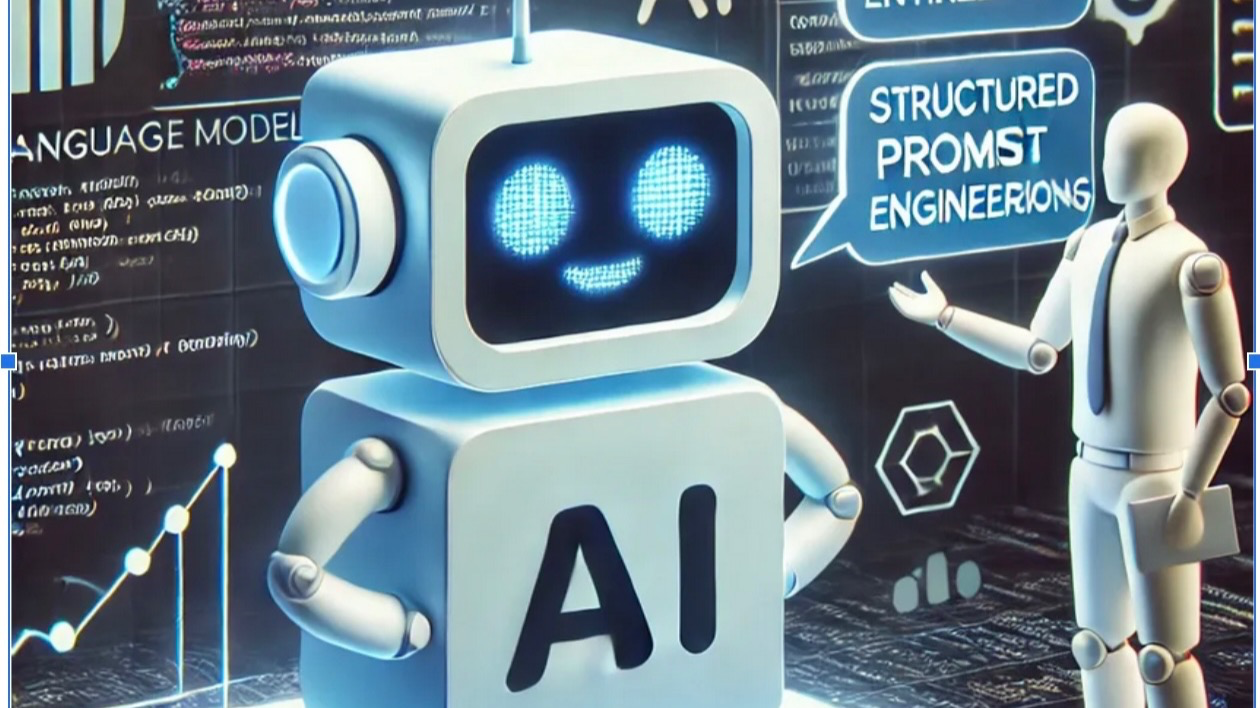
The Power of Prompt Engineering — Unleashing AI’s Full Potential
As artificial intelligence continues to transform industries, one emerging skill set is proving to be a game changer: prompt engineering. This technique allows users to guide large language models (LLMs), like ChatGPT, in a way that enhances communication, efficiency, and output quality. But why is prompt engineering becoming so vital, and how can it be applied to unlock the full potential of AI systems?
In this post, we’ll dive into the essence of prompt engineering, drawing parallels to everyday problem-solving scenarios and exploring how it empowers anyone, from developers to educators, to get the most out of AI tools.
Understanding Prompt Engineering: Why It Matters
Imagine you’re a chef trying to prepare a dish using an advanced, AI-driven kitchen assistant. You know the ingredients, but the instructions you give the assistant will determine whether it delivers a gourmet meal or something that misses the mark. This is where prompt engineering comes in — it’s the process of giving the AI precise instructions, ensuring it understands what you need and how to deliver it.
At its core, prompt engineering involves creating structured, detailed instructions to guide the AI toward producing the desired outcome. Think of it as setting the context for a conversation, much like how you’d prepare a meeting agenda to ensure all the key points are covered.
But how does prompt engineering make a difference? Without it, AI models may deliver vague, incomplete, or even incorrect results. However, with well-crafted prompts, users can tailor the output, making AI a powerful tool for tasks such as generating code, summarizing information, or even composing creative content.
Examples of Effective Prompt Engineering
To illustrate the impact of prompt engineering, let’s consider a scenario in software development. Suppose a developer is tasked with writing a Python script that automatically backs up files from a specific directory to cloud storage every day. If the prompt to the AI is too generic — something like “Write a Python script to back up files” — the AI might produce a basic, non-specific script. However, by employing prompt engineering and specifying key details — such as the directory, file types, and cloud storage service — the developer can guide the AI to generate a much more precise solution.
For example: Prompt: “Create a Python script that backs up all .txt and .docx files from the Documents folder to Google Drive at 10 PM daily, ensuring any failed uploads are retried."
This prompt not only gives the AI clarity on the task but also includes specific parameters like file types, backup location, and scheduling, leading to a more useful and practical output. This is the true power of prompt engineering — it allows you to dictate the process, ensuring the AI tailors its responses to your needs.
Key Prompt Patterns for Efficient AI Interaction
In a fascinating paper on prompt engineering, a catalog of prompt patterns was introduced to guide users in crafting more effective instructions for AI. These patterns, much like reusable templates in software development, provide structured solutions for common problems. Let’s explore a few examples that highlight the potential of these patterns.
领英推荐
1. Output Automater Pattern The Output Automater pattern focuses on having the AI generate scripts or automation tools based on user prompts. For instance, you might be building a web application and need to automate certain tasks like setting up the environment or configuring servers. Instead of manually outlining every step, you can provide a prompt that asks the AI to generate the necessary code to automate these tasks.
Prompt Example: “Write a Python script that configures an AWS EC2 instance, installs the required software packages, and starts the server.”
By using this pattern, developers can save time by having the AI create executable scripts to automate repetitive tasks, ensuring consistency and reducing human error.
2. The Persona Pattern Another useful pattern is the Persona Pattern, where the AI adopts a specific role to generate context-appropriate outputs. Let’s say you’re working on a project that requires feedback on a data security implementation. By giving the AI a specific persona — such as a security auditor — you can ensure the output aligns with the focus of a security expert.
Prompt Example: “Act as a cybersecurity expert and review this Python code for potential vulnerabilities related to data encryption.”
In this scenario, the AI would focus on identifying security issues rather than general code quality, making the review more focused and valuable.
Why Learn Prompt Engineering?
Prompt engineering is more than just a technical skill — it’s becoming an essential tool for anyone interacting with AI systems. Whether you’re a developer looking to streamline code generation or a content creator seeking specific writing assistance, prompt engineering enables you to harness the full potential of AI.
As AI systems grow in complexity and capability, the ability to precisely communicate with these models will be invaluable. Prompt engineering provides a framework for unlocking creativity, automating tedious tasks, and generating high-quality, customized output, saving both time and effort.
In the next blog, we’ll dive deeper into more advanced prompt patterns and explore how they can enhance your interactions with AI. Stay tuned to discover how you can further leverage prompt engineering to revolutionize the way you work with AI!
Authored by : Shivanand patil
Co-Founder of Altrosyn and DIrector at CDTECH | Inventor | Manufacturer
2 个月Navigating the world of AI can feel like charting new territory. It's exciting to see how prompt engineering is shaping this landscape. What specific challenges have you encountered while refining prompts for optimal AI performance?